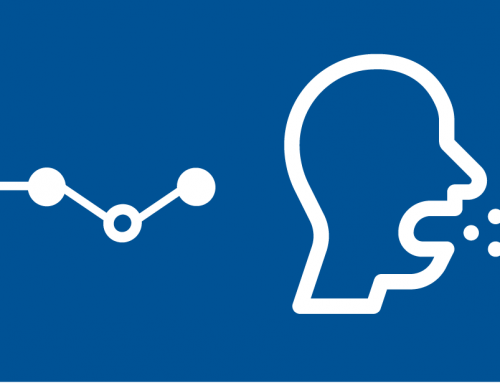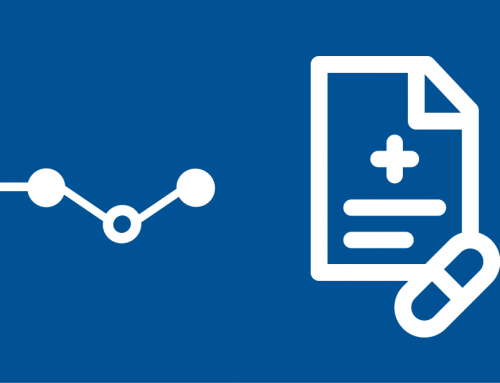The flu-season is mainly the result of influenza viruses’ infections. However, it is common knowledge that other non-influenza respiratory viruses (NIRVs) that cause similar influenza-like illness (ILI), typically circulate in parallel and can cause different severe acute respiratory infections (SARI). Such viruses include common human coronavirus (hCoV), but also respiratory syncytial virus (RSV) or metapneumovirus, among others, and together they contribute to the morbidity and mortality of this seasonal epidemic.
The current COVID-19 pandemic has further highlighted the importance of monitoring different respiratory viruses. However, and despite strong efforts being put into understanding influenza dynamics, much less is known regarding NIRVs and which factors might influence their dynamics. One obvious potential external factor is climate (and possibly climate change), as it plays an important role in the transmission of several airborne infections, including influenza, RSV and possibly SARS-Cov-2.
In this project we are investigating the incidence and seasonal dynamics of several NIRVs in different geographic locations and latitudes and their relation with climate. We are also using digital trace data (twitter, google trends, influenza net, etc) to investigate differences in reported ILI symptoms. We are combining these different datasets and using different epidemiological and statistical models to ask:
- Can we observe different epidemic dynamics between different viruses and for the same virus from year to year? Are these differences consistent across countries/ latitudes?
- Can variations in epidemic dynamics and different NIRVs prevalence be explained by weather conditions, both between locations and within each location over time?
- Do the different seasonal dynamics of NIRVs infections lead to subtle differences in reported ILI symptoms?
- Can the NIRVs and reported symptoms data improve the nowcasting models for the flu-NIRVs seasonal epidemic?
Funding
Fundação para a Ciência e Tecnologia:
- DSAIPA/AI/0087/2018 (Projeto Piloto em Ciência dos Dados e Inteligência Artificial na Administração Pública)




